The off-road community often shines the spotlight on heavy hitters like the Jeep Wrangler, Toyota 4Runner, or Ford Bronco Wildtrak. These are purpose-built trail conquerors with locking differentials, low-range gearing, and meaty tires ready to claw their way up the most rugged paths. But what about the other guys—the humble Toyota RAV4 TRD Off-Road, Ford Bronco Sport Badlands, or even the Subaru Forester Wilderness?
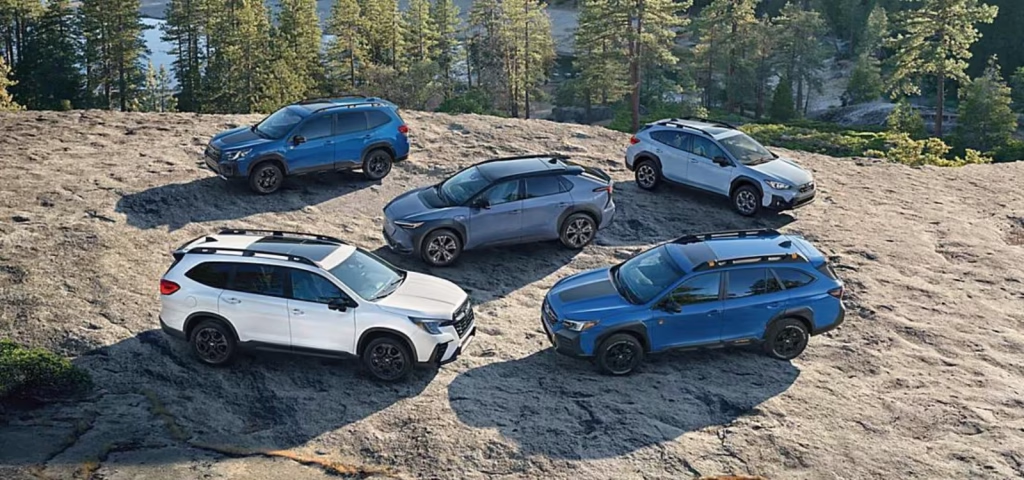
Believe it or not, these smaller, lighter-duty crossovers—sometimes scoffed at by hardcore off-roaders—have their place on Virginia’s trails. At VAOffRoad.org, our mission includes education and accessibility. That means recognizing that not everyone starts with a rock-crawling rig. Many off-roaders begin their journey in a vehicle they already own, or in a more affordable, fuel-efficient 4×4. And that’s okay.
This article explores what these light-duty 4x4s can (and can’t) do on Virginia’s off-road trails, which types of off-roaders they’re ideal for, and how to safely and confidently enjoy the outdoors without overstepping the capabilities of your vehicle.
Tip: Look for trails with a 1 or 2 in our series. These light off-roaders can handle most of them.
Who Are These Vehicles For?
Let’s be clear: not every off-roader is trying to crawl boulders or ford waist-deep rivers. There are many types of off-road enthusiasts, and light-duty crossovers have a meaningful place in the spectrum:
1. The Scenic Explorer
This is the weekend warrior looking for quiet overlooks, riverside picnic spots, or hidden fire towers. They’re more interested in nature photography, hiking, or birdwatching than rock climbing. A RAV4 TRD Off-Road or Bronco Sport fits perfectly here.
2. The Newbie Off-Roader
Maybe it’s their first time airing down tires. They want to learn trail etiquette and gain confidence without immediately investing in a $60K purpose-built rig. Starting small gives them room to grow.
3. The Overlander (Light-Duty Edition)
Some overlanders just want to get off the beaten path and set up camp—nothing too extreme. As long as they’re not hauling a rooftop tent across a boulder field, a Bronco Sport or Subaru Outback Wilderness can do just fine.
4. The Daily Driver Adventurer
Some people use their vehicle 90% on-road and just want that 10% flexibility to hit a trail or gravel road when the mood strikes. Fuel economy, cargo space, and comfort matter more than articulation.

What Makes a “Light-Duty” Off-Roader?
We’re referring to crossovers or compact SUVs with unibody construction and AWD or light-duty 4WD systems. These vehicles often come with traction modes for mud, snow, and sand, but lack traditional low-range gearing, solid axles, or locking differentials.
Common examples include:
- Toyota RAV4 TRD Off-Road
- Ford Bronco Sport (especially the Badlands trim)
- Subaru Forester Wilderness
- Honda Passport Trailsport
- Chevy Trailblazer ACTIV
- Mazda CX-50 Meridian Edition
They are typically equipped with:
- Ground clearance between 7.8″ and 8.8″
- AWD systems that can send power to individual wheels
- Skid plates (sometimes)
- All-terrain tires (optional or aftermarket)
Limitations of Smaller 4x4s
It’s important to understand what these vehicles can’t do—and where taking them could be risky.
1. No Low-Range Gearing
Without low-range gearing, they struggle on steep inclines or descents. Engine braking is limited, and throttle control is less precise.
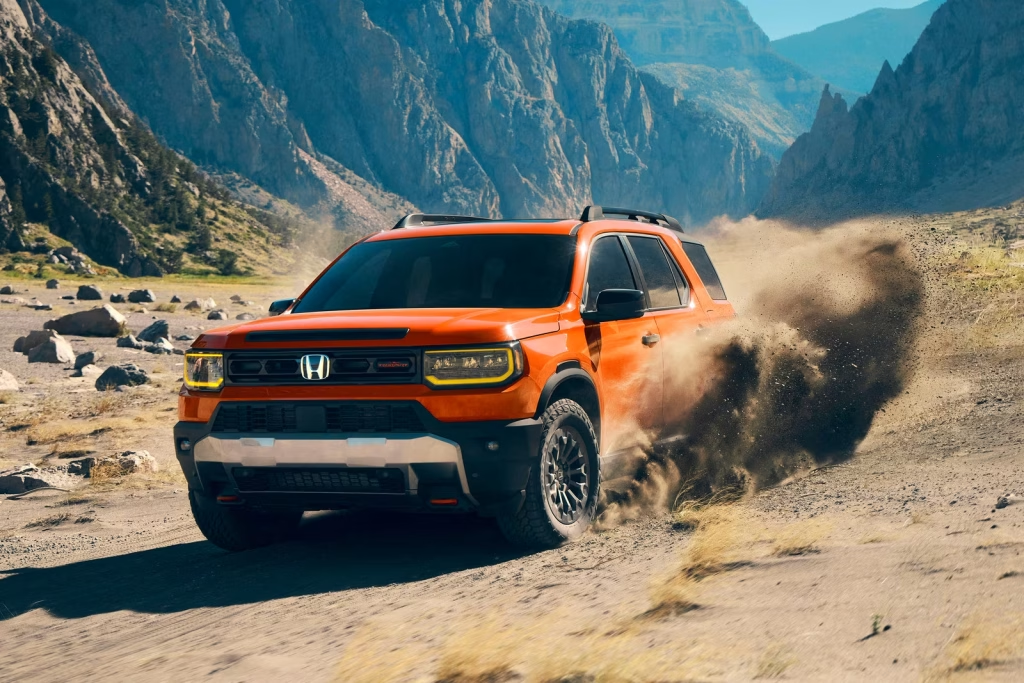
2. Limited Ground Clearance
While 8+ inches may sound good, trail ruts, rocks, and washouts can exceed that quickly. Crossovers can easily bottom out or scrape skid plates.
3. Open Differentials
Most don’t have true locking differentials. AWD systems do an okay job at shuffling power, but they can struggle in off-camber situations or when lifting a wheel.
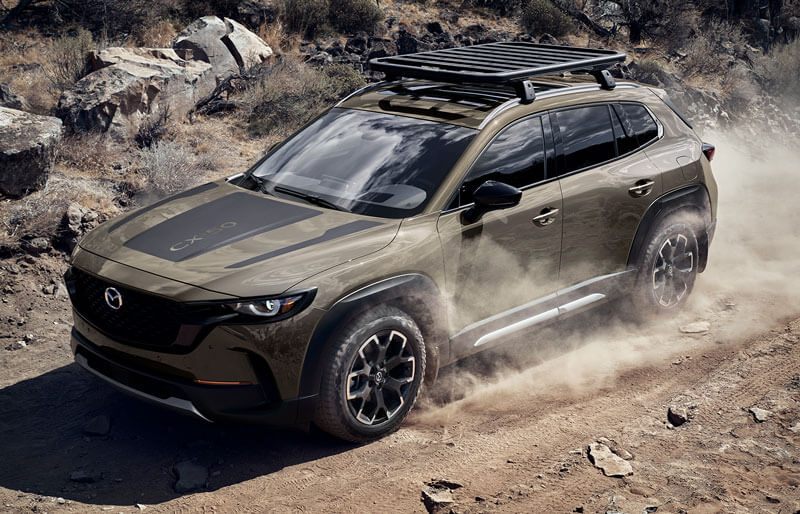
4. Limited Suspension Articulation
Unibody construction and road-biased suspension limit wheel travel. You’ll feel every bump, and lifting a tire in uneven terrain is common.
5. No Winch or Recovery Points
Many don’t have tow hooks or winch options, making recovery harder when stuck. This is critical to plan for.
Virginia Trails for Light-Duty 4x4s
Here are some trails listed on VAOffRoad.org that are beginner-friendly and suitable for light-duty vehicles. We still recommend traveling with a buddy, airing down tires, and checking recent trail conditions.
🟢 Peters Mill Run – George Washington National Forest
- Difficulty: Easy
- Length: 7.9 miles
- Trail Type: Out and back
- Best For: RAV4 TRD, Bronco Sport Badlands, Subaru Wilderness
- Why It Works: This trail is well-maintained, wide, and features mostly gravel and dirt. Some mild inclines and water bars exist but nothing extreme.

🟢 Flagpole Knob via Union Springs
- Difficulty: Easy to Moderate (Flagpole side)
- Length: 5+ miles
- Trail Type: Out and back
- Best For: Bronco Sport, Subaru Wilderness, CX-50 Meridian
- Caution: Avoid Union Springs Road section unless you have a more capable 4×4. Stick to the Flagpole side for light off-roading and great views.
🟢 Big Levels Trail (first few miles only)
- Difficulty: Easy to Moderate
- Trail Type: Out and back
- Best For: Drivers looking to push their light-duty vehicle just a bit
- Warning: Don’t attempt full trail without more clearance and recovery gear.
🟢 Rapidan Wildlife Management Area (gravel access roads)
- Difficulty: Easy
- Trail Type: Various
- Best For: Scenic explorers and wildlife lovers
- Notes: Roads here are unpaved and offer light mud and shallow water crossings. Great for Subaru or Honda AWD platforms.
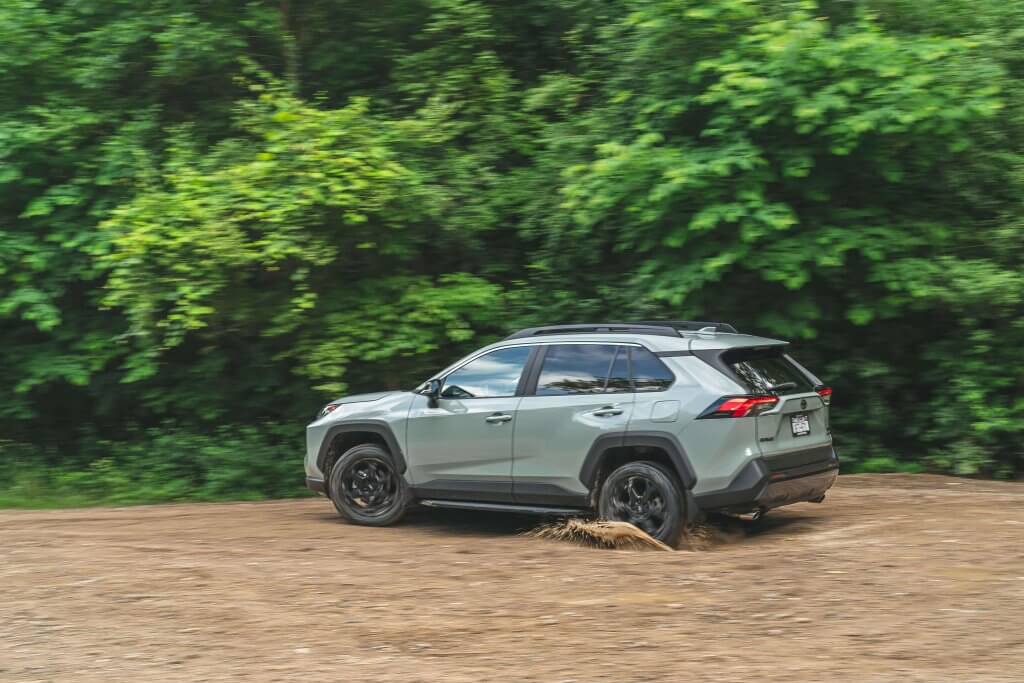
Tips for Light Off-Roading with a Crossover
Even if you’re not in a Wrangler, you can still enjoy the backcountry—if you do it smartly.
✅ Know Your Approach, Breakover, and Departure Angles
If your bumper scrapes, your journey ends quickly. Learn your limits and approach uneven terrain at an angle.
✅ Air Down Your Tires
Dropping PSI by 20–30% increases traction and comfort. Just be sure to bring a portable compressor to air back up.
✅ Install All-Terrain Tires
Most of these crossovers come with highway-biased tires. Upgrading to a more aggressive tread makes a night-and-day difference.

✅ Travel With a Buddy
Without recovery gear or hooks, self-rescue is tough. Go with someone in a more capable rig—or at least bring traction boards and a shovel.
✅ Keep an Eye on Weather
A trail that’s easy when dry can become treacherous when soaked. AWD systems struggle in deep mud or steep, wet inclines.
Minor Mods That Go a Long Way
You don’t need a full buildout, but a few tweaks can help.
- Skid plates (if available for your model)
- 1–2″ lift kits for Subaru and Bronco Sport are becoming more common
- Roof baskets for light overlanding and gear
- All-terrain tires like Falken Wildpeak A/T Trail or Yokohama Geolandar G015
- Portable compressor + tire deflator kit
- Recovery boards like Maxtrax or X-Bull
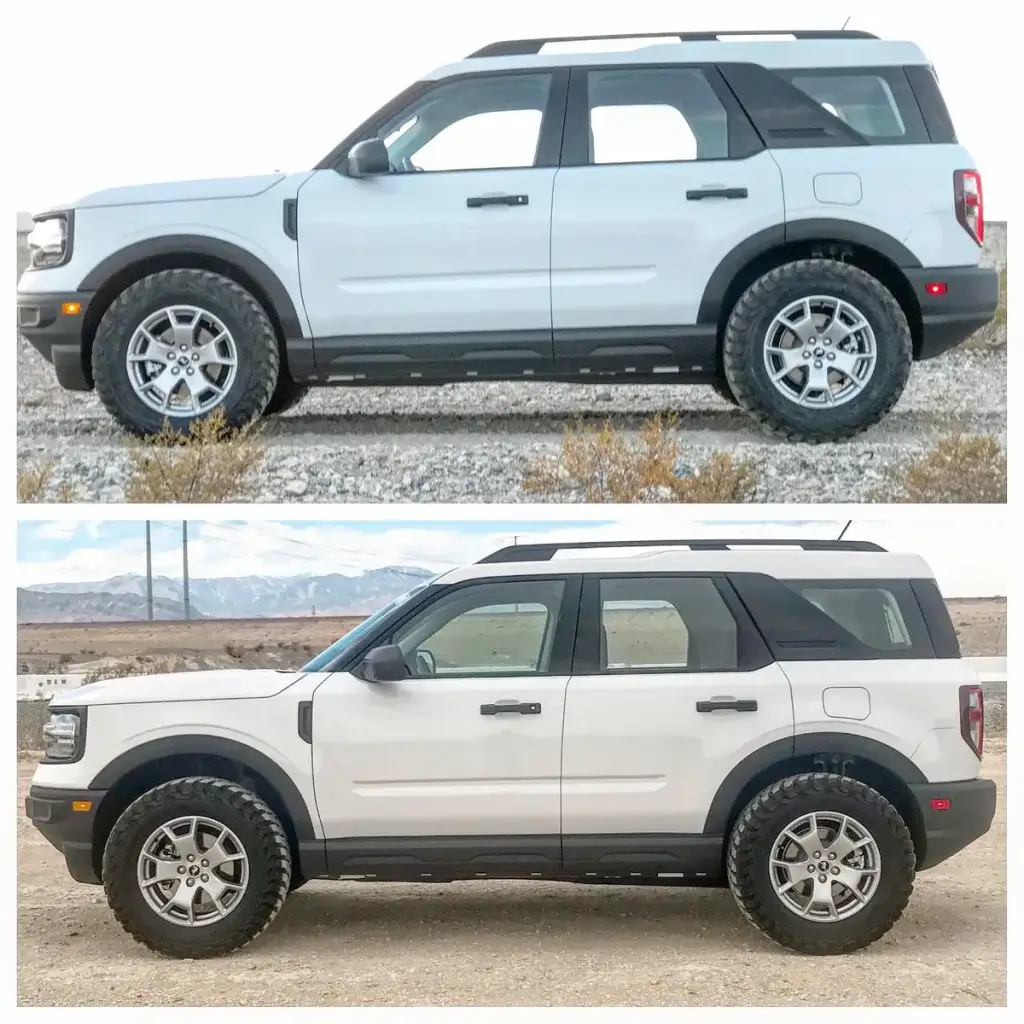
Trail Etiquette Still Matters
Just because you’re on a beginner trail doesn’t mean you can ignore the rules of the off-road world. Light-duty rigs are especially dependent on responsible trail use.
- Tread Lightly: Avoid widening the trail or going off-route
- Yield to Uphill Traffic
- Don’t Block the Trail When Stopping
- Leave No Trace: Pack out all trash
- Avoid Spinning Tires: You’re more likely to dig ruts and damage trails
Growing Into the Lifestyle
Many off-road enthusiasts started out in exactly these types of vehicles. The important thing is that you’re getting out there, learning about the outdoors, and building your skills. Whether you’re hitting Flagpole Knob in a RAV4 or crawling Taskers Gap in a Wrangler Rubicon, you’re part of the same family.
And when the time comes that you want to level up to a more capable rig, you’ll do so with experience, trail etiquette, and knowledge that many don’t have when they jump straight into the deep end.

Final Thoughts
At VAOffRoad.org, we support every off-roader—from the fully built Tacoma to the stock Bronco Sport. Don’t let gatekeeping or toxic comments discourage you. Know your vehicle, know your trail, and know your limits.
The mountains of Virginia offer something for everyone. Whether you’re out for scenic forest roads, moderate climbs, or your first taste of off-road exploration, the journey starts where the pavement ends—even if you’re rolling in a compact crossover.
Resources:
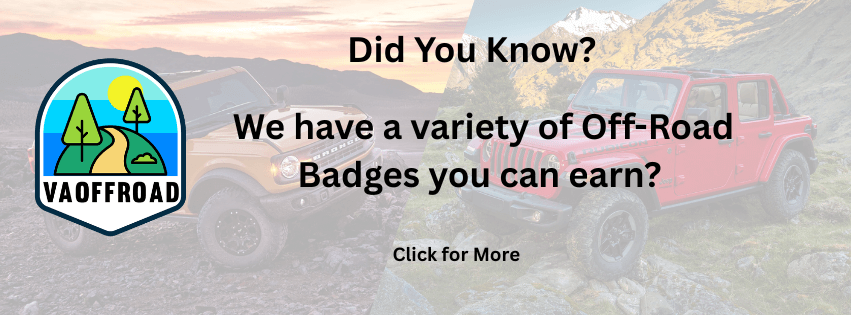
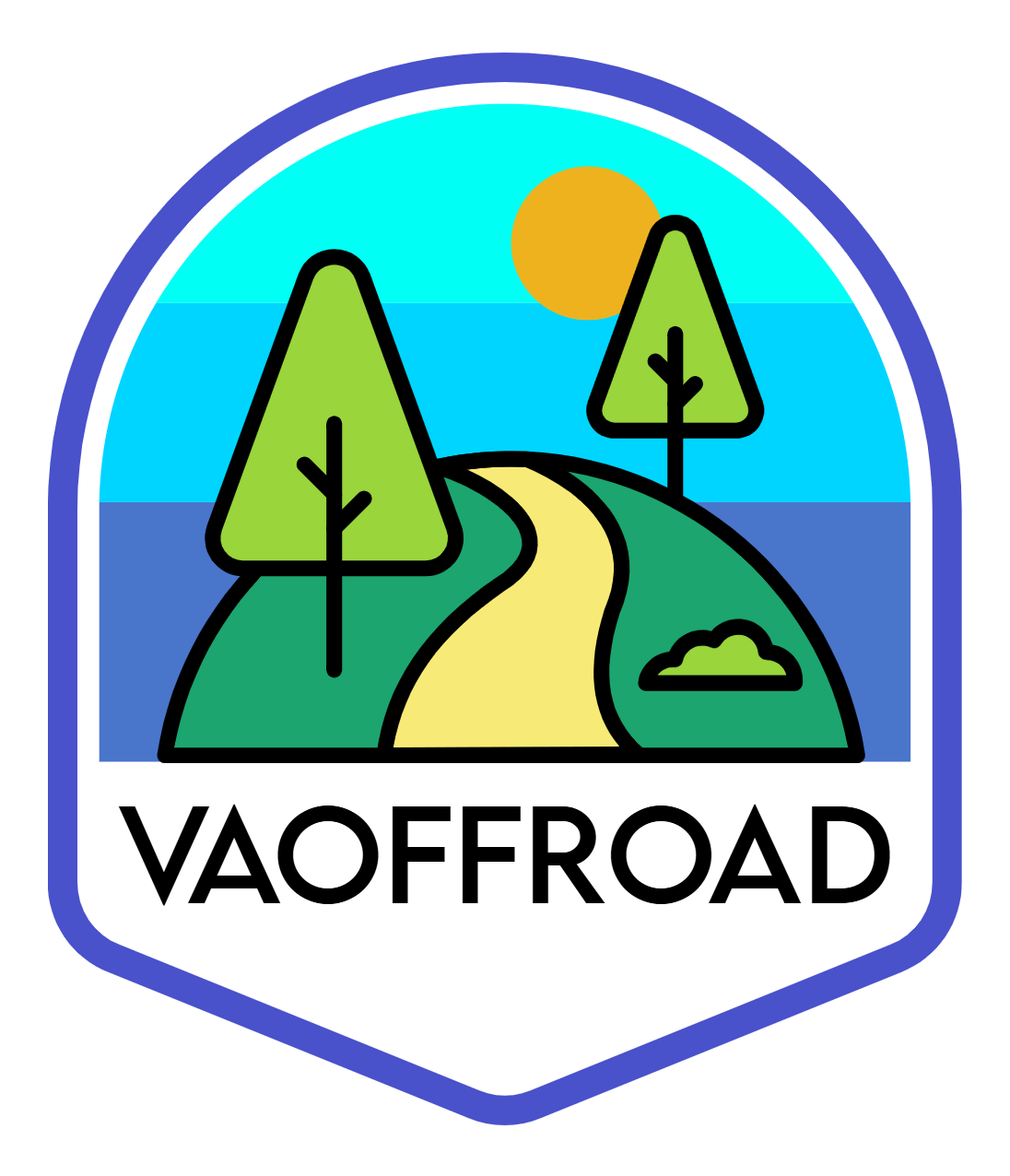


No responses yet